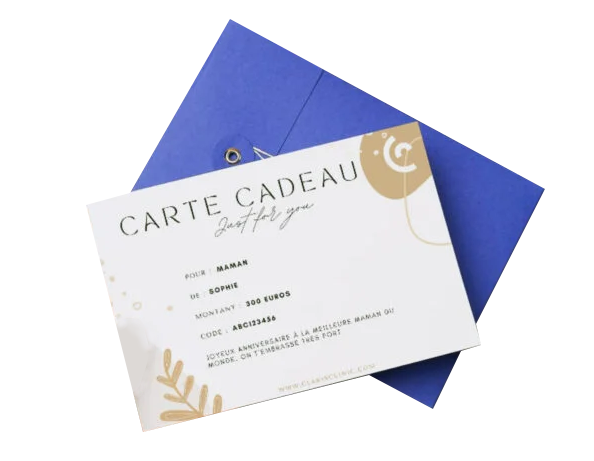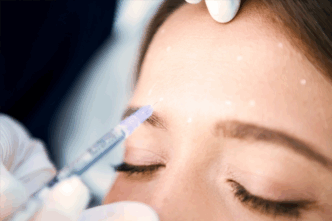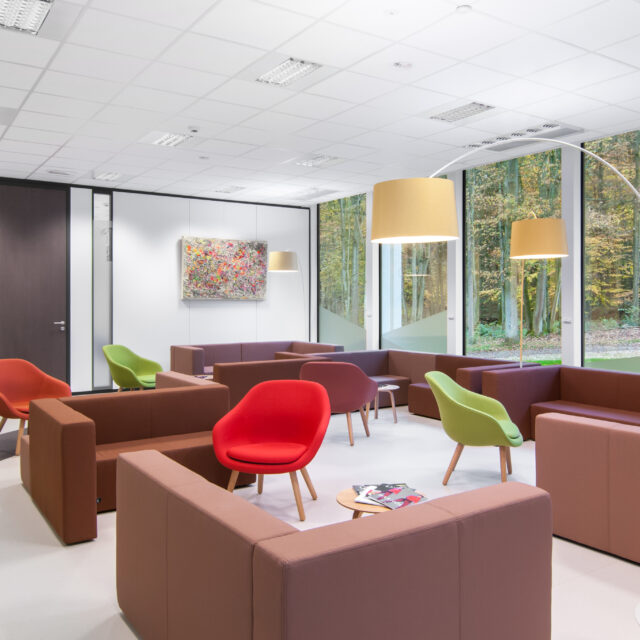What are peels?
In aesthetic medicine, the operating principle of a peel is to provoke controlled irritation of the skin, stimulating the production of collagen and elastin. This helps reduce wrinkles, pigment spots, acne scars, blackheads and hyperpigmentation, while improving skin texture and appearance and stimulating collagen production.
Both superficial and non-surficial peels can be performed by a specialist doctor using a variety of chemicals, such as alpha-hydroxy acids (AHA), beta-hydroxy acids (BHA) and trichloroacetic acid (TCA), and in different concentrations.
Depending on the desired effect, the peel can be superficial (small wrinkles, skin radiance), medium (more marked imperfections) or deep (more severe imperfections). A very wide range of indications can be treated with peels.
What are the possible applications?
- Dull complexion: This is caused by poor circulation leading to vasoconstriction of the blood vessels. Pollution, smoking, lack of hydration, creams not adapted to skin type, stress, etc., there are many causes of dull complexion.
- Dark circles: These are caused by a darker variation in the color of the skin under the eye. Different shades are possible: brown, bluish or purplish. Dark circles are constitutional or can be caused by fatigue, smoking, etc. They accentuate a tired appearance. They accentuate a tired appearance.
- Oily and acne-prone skin: Oily skin is characterized by excessive sebum production. Dead cells, bacteria and dirt accumulate more easily and clog pores, leading to the formation of blackheads and pimples.
- Acne scars: After years of acne, it’s not uncommon for light scars to mark the face, giving the skin an irregular texture.
- Pigmentation spots: These are caused by exposure to the sun and UV rays in general. They are deposits of melanin located in the thickness of the skin. Pregnancy mask (melasma) is also very common. It manifests as brown pigmentation of the face, sometimes triggered by pregnancy or oral contraceptives.
- Signs of skin aging: Aging manifests itself in the appearance of fine lines and wrinkles, and the loss of skin firmness. Skin on the face, neck, décolleté, hands, back and any other area with skin imperfections can be treated. Peels can be combined with other aesthetic medicine treatments such as PRP (Platelet Rich Plasma) injections to maximize results.
What are its main indications?
- Smoothing the contour of the mouth
- Improvement of acne scars and superficial blemishes
- Improved skin tone and texture
The benefits of peeling
- Smoothes and refines skin texture
- Reduces wrinkles, fine lines and pigmentation spots
- Improves acne scars and uneven skin tone
- Restores radiance and luminosity to the complexion
- Regulates sebum production for oily skin
- Reduces dark circles
- Customizable to intensity and specific needs
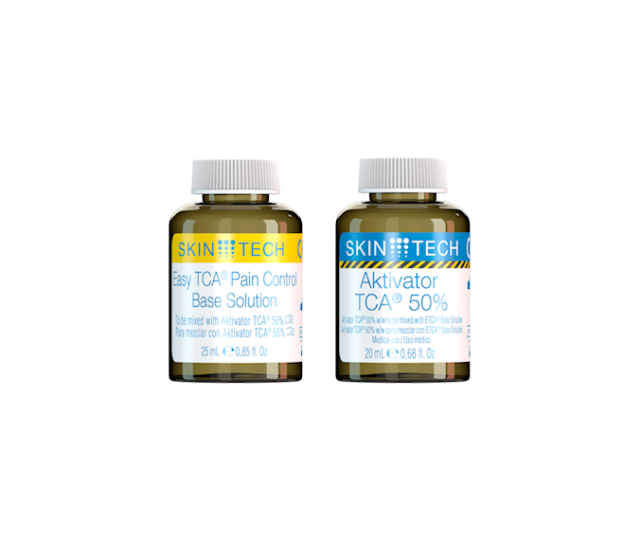
Frequently asked questions
What are the possible complications?
Possible complications depend on the type of peel and the depth of skin treated. To minimize risks, peels at the Claris Clinic are performed by doctors or specialists under medical supervision.
- Allergic reaction: some people may be allergic to the products used in the peel, which can lead to skin rash, itching and redness.
- Skin infection: deep peels can damage the skin’s protective barrier, leading to skin infection.
- Abnormal scarring: deep peels can damage the dermis layer of the skin, leading to abnormal scarring, such as scar hypertrophy or keloid scarring.
- Hyperpigmentation or hypopigmentation: the peel may cause excessive or insufficient melanin production, resulting in hyperpigmentation or hypopigmentation of the skin. UV protection is essential to avoid this complication.
- Skin burn: deep peels can damage the skin to some extent, in rare cases resulting in skin burns.
What are the contraindications to peels?
- Pregnancy and breastfeeding
- Autoimmune disease
- Photo-sensitizing drug treatments
- History of abnormal scarring
- Skin lesions or active infections on the treatment area
How many sessions are required?
The number of sessions required depends on the type of peel, the condition of the skin and the results you want to achieve. In general, for superficial peels, a series of 3 to 6 sessions at 2 to 4 week intervals is recommended for optimal results. For medium or deep peels, 1 to 3 sessions may be enough to achieve significant results.
Every case is different, and the number of sessions may vary according to each patient’s individual response to treatment. It is therefore essential to discuss your goals and expectations with your specialist in consultation, to determine the number of sessions best suited to your case.
Your journey in 3 steps
- Preparation
- Treatment
- Follow-up

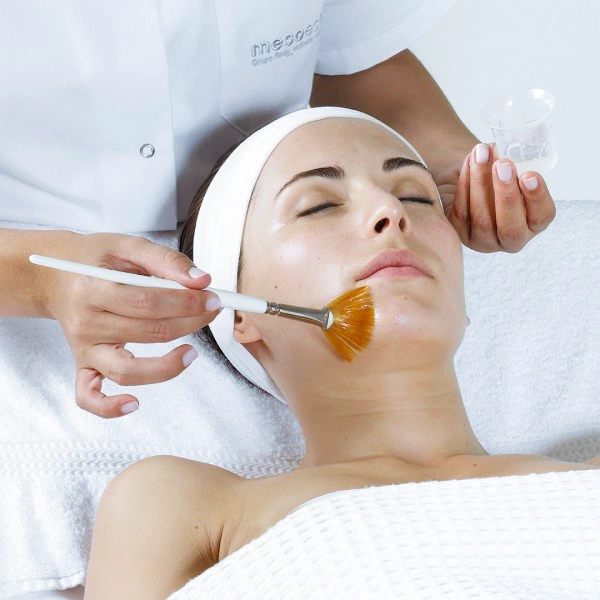
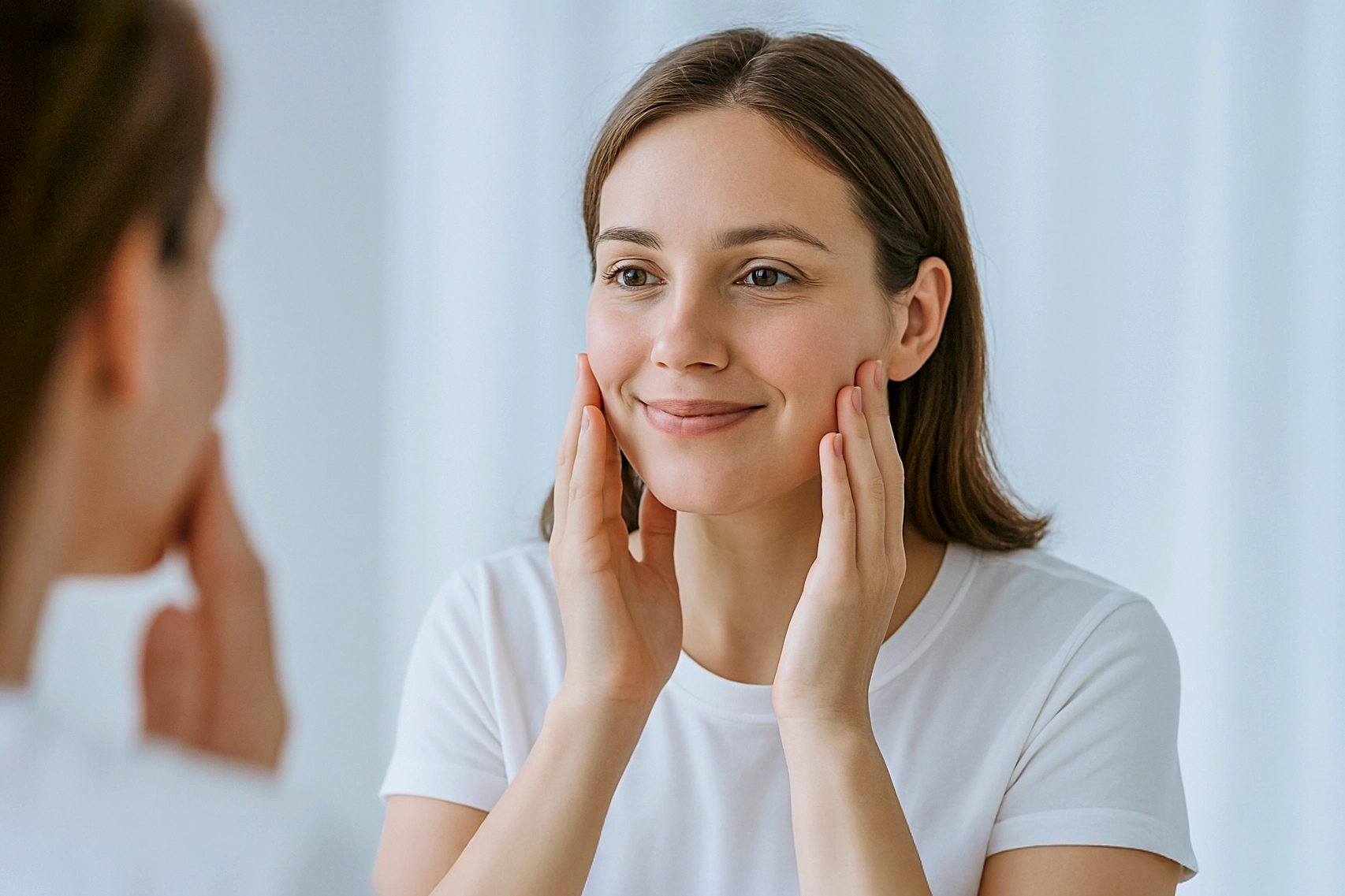
At a glance
Duration depends on the type of peel
Approx. 1 hour. Peels are generally performed in autumn and winter, as sun exposure should be avoided.
Immediate
Directly after treatment
Immediately or after a few days following very intense peels. Duration of effect varies from a few months to several years, depending on the type of peel.
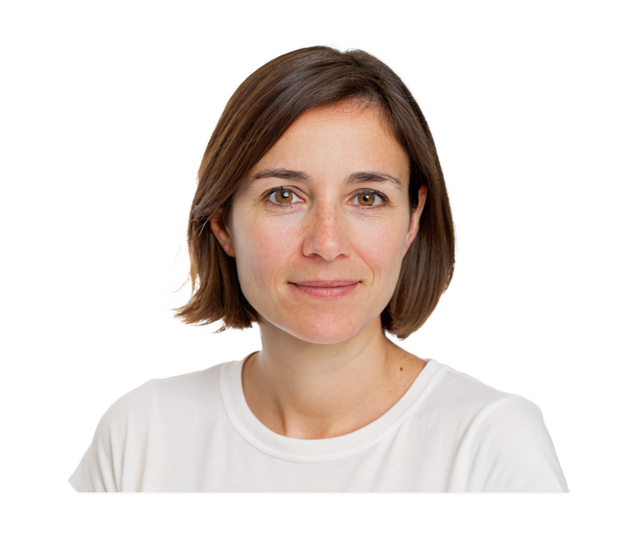
The result
The results of peels vary according to their intensity: superficial peels offer visible improvements from the very first session, targeting fine wrinkles, pigment spots and imperfections, with effects lasting from a few months to a year.
Medium peels treat deep wrinkles, acne scars and hyperpigmentation, with results lasting 1 to 2 years. Themore spectacular deep peelsrequire a longer recovery period, but their effects can last for several years. The durability of results depends on age, skin type, number of sessions and lifestyle.

